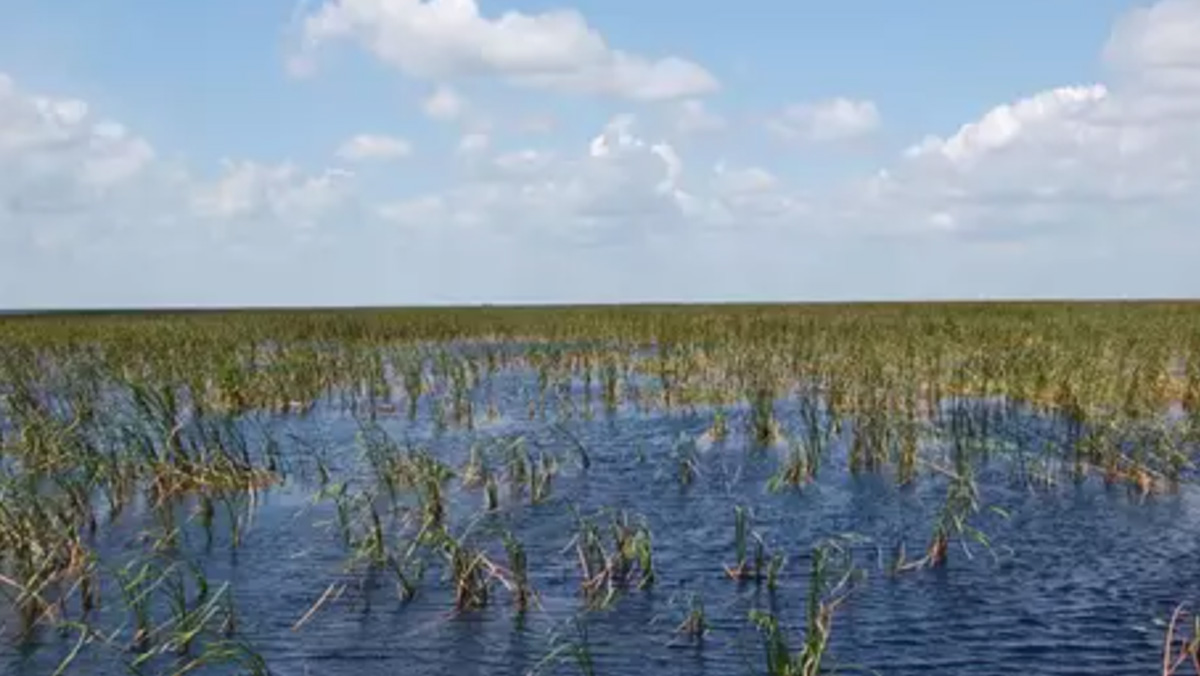The Florida Fish and Wildlife Conservation Commission (FWC) thanks volunteers who helped remove invasive plants on Lake Okeechobee near Bird Island. Volunteers worked alongside FWC staff hand pulling Azolla pinnata, a nonnative plant that spreads rapidly and forms dense mats that shade out native submersed plants and interferes with boating and other recreational activities.
The effort is part of a larger research project looking at how native aquatic plant communities respond when invasive floating plants, such as water hyacinths and water lettuce, are left unmanaged. Because Azolla pinnata is an invasive plant recently discovered in the lake, the FWC decided to hand remove it so it would not spread throughout the untreated area. As part of the study, herbicides are not being used in this part of the lake to determine the risks, benefits and costs of controlling invasive floating plants versus not controlling them.
“We are grateful for the volunteers who came and helped us and worked all day in the hot sun as we continue to support research that helps to improve our techniques for aquatic plant management,” said Matt Phillips, head of the FWC’s Invasive Plant Management Section.
Managing invasive aquatic plants is important for fish and wildlife habitats, recreational opportunities for the public, and to maintain accessible navigation. Unmanaged invasive plants have a variety of negative impacts that can include reducing biodiversity and ecosystem health, impeding navigation, reducing water quality, and causing flooding issues.
FWC Uses Mechanical Removal and Herbicide Treatments
The FWC uses a variety of techniques, including biological controls, mechanical removal and herbicide treatments to manage invasive aquatic plants in Florida. An integrative pest management approach using a combination of techniques will achieve the greatest results in managing invasive plants.
For general waterbody information, fishing forecasts, virtual tours, plant control operation schedules and annual workplans, boat ramp information, and more, visit the “What’s Happening on My Lake” website at MyFWC.com/Lake.
To learn more about the FWC’s Aquatic Plant Management Program, visit MyFWC.com/AquaticPlants.

